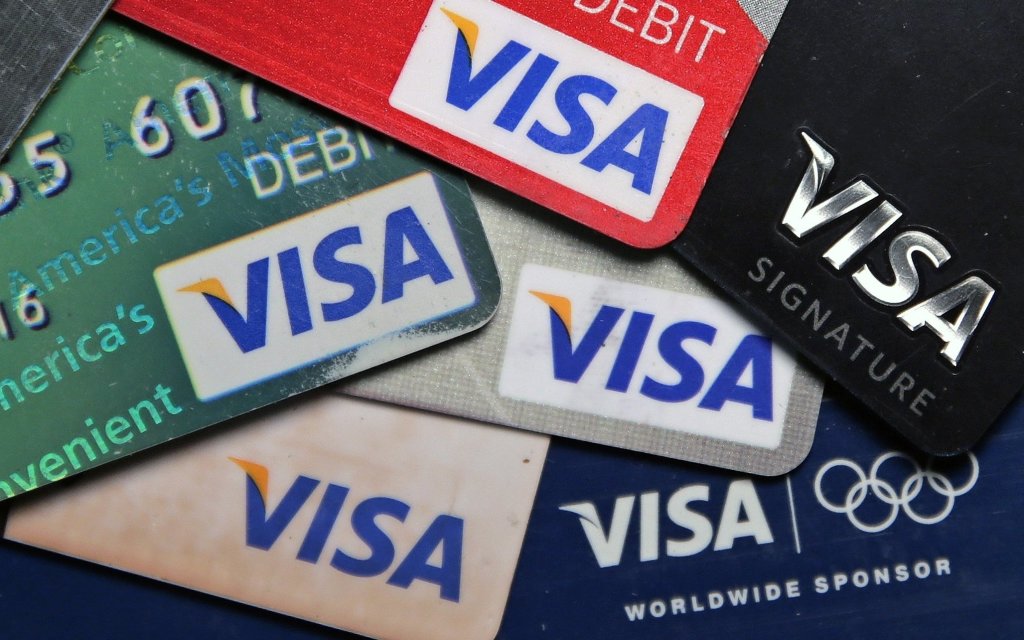In the past decade, cryptocurrencies have transitioned from being considered eccentric financial ventures to being globally recognized digital assets. Simultaneously, credit cards, which have been the standard method of digital payment for a long time, are being subjected to increasing scrutiny due to centralized control, fraud risk, and fees. This prompts a provocative inquiry: **Could cryptocurrencies eventually surpass credit cards in terms of practicality?**
We should investigate the current status of both and determine whether crypto has the potential to surpass plastic in real-world applications.
The Benefits of Credit Cards
Credit cards have become virtually ubiquitous for a reason. They provide the following:
* **Extensive acceptance**: Visa, Mastercard, and other credit cards are accepted by millions of merchants worldwide.
* **In-built fraud protection**: Banks frequently reimburse unauthorized charges.
* **Rewards programs**: Spending is encouraged through cashback, travel points, and benefits.
* **Credit-building tools**: Credit ratings are enhanced by consistent card usage and timely payments.
* **Delayed billing**: Purchases may be repaid at a later date, providing a temporary credit line.
In summary, they provide financial flexibility and convenience, which are two essential components of the consumer experience.
The Areas in Which Credit Cards Fail
Credit cards are not without their drawbacks, despite their widespread use:
* **Exorbitant fees**: Merchants frequently incur fees of 2-3% per transaction, which are ultimately transferred to consumers.
* **Interest rates**: The accumulation of a balance leads to exorbitant interest charges.
* **Privacy concerns**: Card usage can be monitored, and sensitive information may be disclosed as a result of data breaches.
* **Access barriers**: Millions of individuals worldwide are either unbanked or do not possess the necessary credit history to qualify for credit cards.
The emergence of alternative payment systems is facilitated by these constraints, which is where cryptography comes in.
The Benefits of Cryptocurrency
Several features that directly address the pain points of credit cards are promised by cryptocurrencies:
1. **Reduced Transaction Costs** Peer-to-peer crypto payments eliminate the necessity for banks and payment processors, potentially reducing or eliminating transaction fees.
2. **International Access**
Cryptocurrency is accessible to billions of unbanked individuals, as it can be used by anyone with a smartphone.
3. **Privacy and Security**
Many cryptos provide pseudonymity or even complete privacy, and blockchain networks are cryptographically secure.
4. **No Currency Exchange or Borders**
Conversions or international transmission fees are not necessary when transmitting Bitcoin or stablecoins between countries.
5. **Availability 24/7**
Cryptocurrency operates continuously, in contrast to banks and credit networks that adhere to business hours.
Therefore, what is the reason for the lack of cryptocurrency dominance?
Despite the potential of crypto, it continues to encounter substantial obstacles:
* **Volatility**: The majority of cryptocurrencies are highly volatile, which complicates the process of accurately pricing products and services.
* **Adoption**: Credit cards are universally recognized; however, crypto remains a niche in everyday retail, despite its growth.
* **User Experience**: The process of setting up wallets, managing keys, and comprehending petroleum fees is more intricate than simply sliding a card.
* **Regulatory uncertainty**: Numerous governments have yet to establish definitive legal frameworks for cryptocurrency payments.
Stablecoins and crypto cards are introduced.
The **crypto-backed debit card** is one solution that bridges the divide between crypto and credit cards. These cards, which are distributed by organizations such as Binance, Coinbase, and Crypto.com, enable users to spend cryptocurrency in any location that accepts conventional credit cards. The platform facilitates real-time use by instantaneously converting crypto to fiat during the transaction, eliminating the necessity for merchants to directly manage crypto.
At the same time, **stablecoins** such as USDC and USDT provide price stability, rendering crypto more feasible for payments without the volatility risk.
Looking ahead: Will cryptocurrency become more practical?
**In specific circumstances, yes.** In regions with underdeveloped banking systems, cross-border payments, and remittances, crypto already outperforms credit cards in terms of cost, quickness, and easy access. Cryptocurrency may become more intuitive than plastic as blockchain-based payment applications evolve.
In order for crypto to genuinely surpass credit cards on a global scale, it will require:
* **Increased merchant adoption** * **Smooth user interfaces** * **Regulatory clarity** * **Stable value options**
The financial world could transition to a more decentralized, frictionless future once these components are in place.
In conclusion,
Credit cards are a convenient, dependable, and integral part of contemporary finance; however, they are not flawless. Although cryptocurrency is still in the process of maturing, it provides a radical alternative that is borderless, secure, and inclusive.
Is it possible for cryptocurrency to completely supplant credit cards? It is unlikely that this will occur in the near future. However, will it become the predominant method in digital economies or more practical in specific use cases? We are closer to that future than we realize. The financial world is modernizing and innovation is ongoing, and crypto could prove to be more than just an investment—it could also be a more efficient method of payment.

Leave a Reply